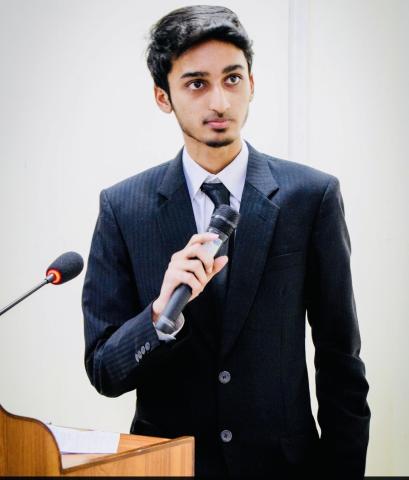When Syed Mohammad Asjad was a graduate student, he attended a global robotics program hosted by the Danish government. This initiative fostered prospects of human-robot coexistence and collaboration, inspiring Asjad to expand human capabilities through robotics.
Now, Asjad is the newest team member at the Human Fusions Institute. As HFI’s software engineer, he will develop interface software for HFI's NeuroReality platform, creating middleware and subsequent APIs, integrating various technologies like VR/AR environments, and ensuring seamless connectivity between humans and edge devices.
“The challenge of integrating cutting-edge technologies to create a universal data transmission platform is thrilling,” he said of his new position. “Moreover, the experience of collaborating with leading academic and commercial partners globally to establish a standard connection platform is a substitute for none.”
Before coming to HFI, Asjad earned his M.S. in robotics at Northeastern University, where his interest in interdisciplinary environments was born. As a graduate student, he worked with game design and healthcare researchers to create realistic virtual reality experiences. After graduating, he developed software for autonomous underwater vehicles, honing his software development and system integration skills. He has also conducted research in deep learning and robot sensing.
Asjad, who has a part 107 pilot's license, looks forward to using these skills for HFI's NeuroReality project. "The prospect of contributing to a platform that narrows the gap between technology and the human nervous system is awe-inspiring, particularly given the capabilities of modern-day computers and robots," he said.


